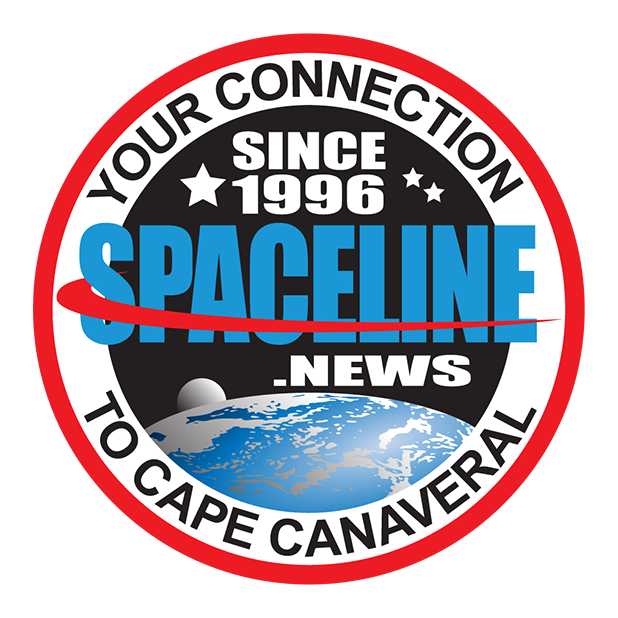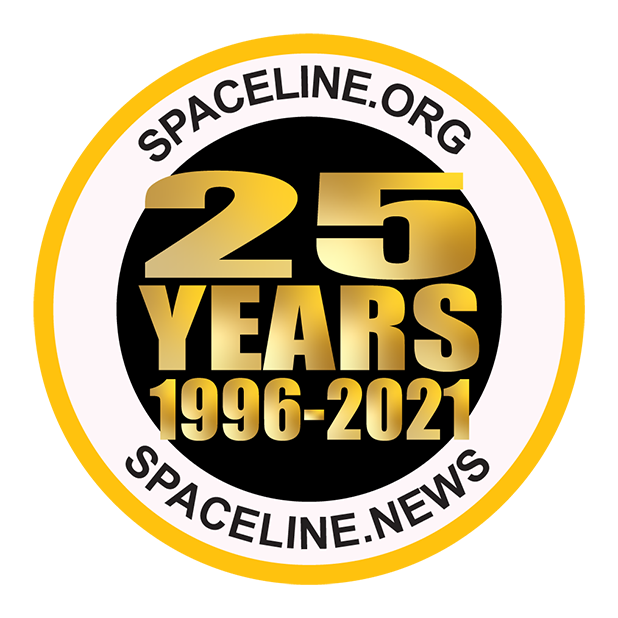Spaceline News Archives
May 2021
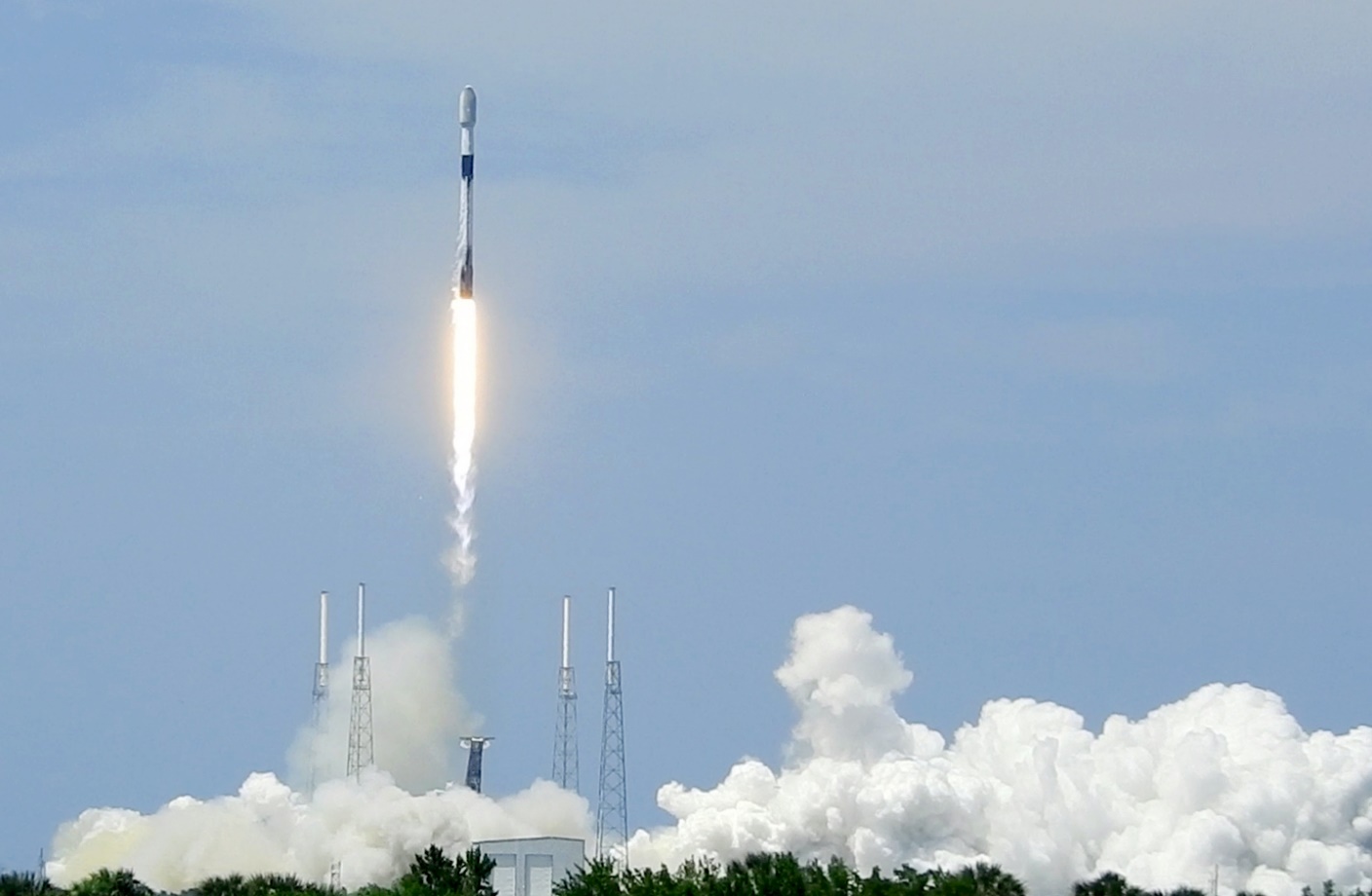
Falcon 9 Starlink V1.0-L28 Launch, Photo Courtesy Liz Allen/Spaceline
Falcon 9 Launches 60 More Starlink Satellites
May 26, 2021 | Reported by Cliff Lethbridge
A SpaceX Falcon 9 rocket successfully launched 60 Starlink satellites at 2:59 p.m. EDT today from Launch Pad 40 on Cape Canaveral Space Force Station. The mission, designated Starlink V1.0-L28, was the 29th dedicated launch of Starlink satellites, bringing the total number of satellites launched to date to 1,737 although not all of these are still in orbit. The first stage booster employed today was being flown for the second time, having previously supported the Sentinel-6A mission. The booster was successfully recovered today with a landing on the "Just Read the Instructions" drone ship positioned on the Atlantic Ocean about 400 miles northeast of Cape Canaveral. The payload fairing halves employed today have also flown before, one half having previously supported four Starlink missions and one half having previously supported the Transporter-1 mission. The payload fairing halves were recovered after having parachuted to the Atlantic Ocean. SpaceX hopes to have their Starlink space-based Internet service available to the entire world later this year.
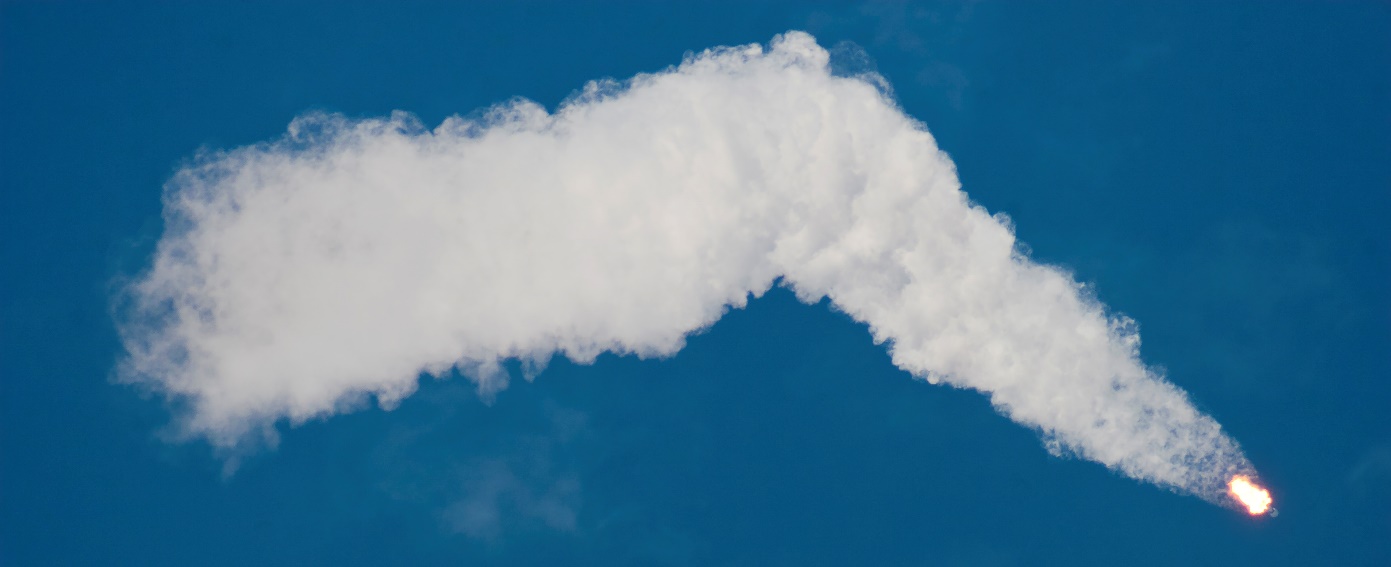
Falcon 9 Starlink V1.0-L28 Downrange, Photo Courtesy Liz Allen/Spaceline
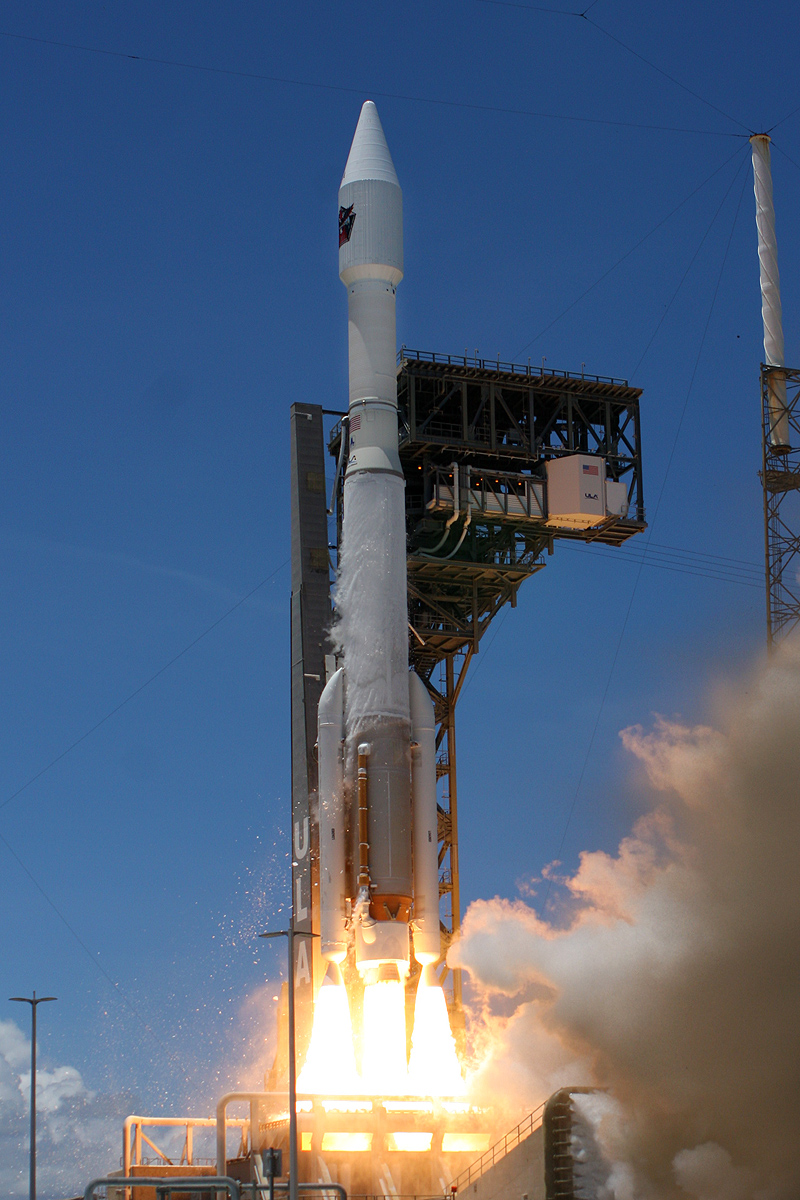
Atlas V SBIRS GEO-5 Launch, Photo Courtesy Carleton Bailie/Spaceline
Atlas V Launches SBIRS GEO Flight 5 Satellite
May 18, 2021 | Reported by Cliff Lethbridge
A United Launch Alliance Atlas V rocket successfully launched the SBIRS GEO Flight 5 satellite at 1:37 p.m. EDT today from Launch Pad 41 on Cape Canaveral Space Force Station. Launch was originally scheduled for yesterday but was postponed due to a technical issue with the rocket's Centaur upper stage. Today's launch was delayed about six minutes to allow topping of the rocket's first stage with liquid oxygen. The Atlas V launched today was being flown in the 421 configuration, featuring a four-meter payload fairing, two solid rocket boosters and a single-engine Centaur second stage. The 10,700-pound satellite was successfully deployed in a geostationary transfer orbit and will ultimately be positioned about 22,000 miles above Earth.
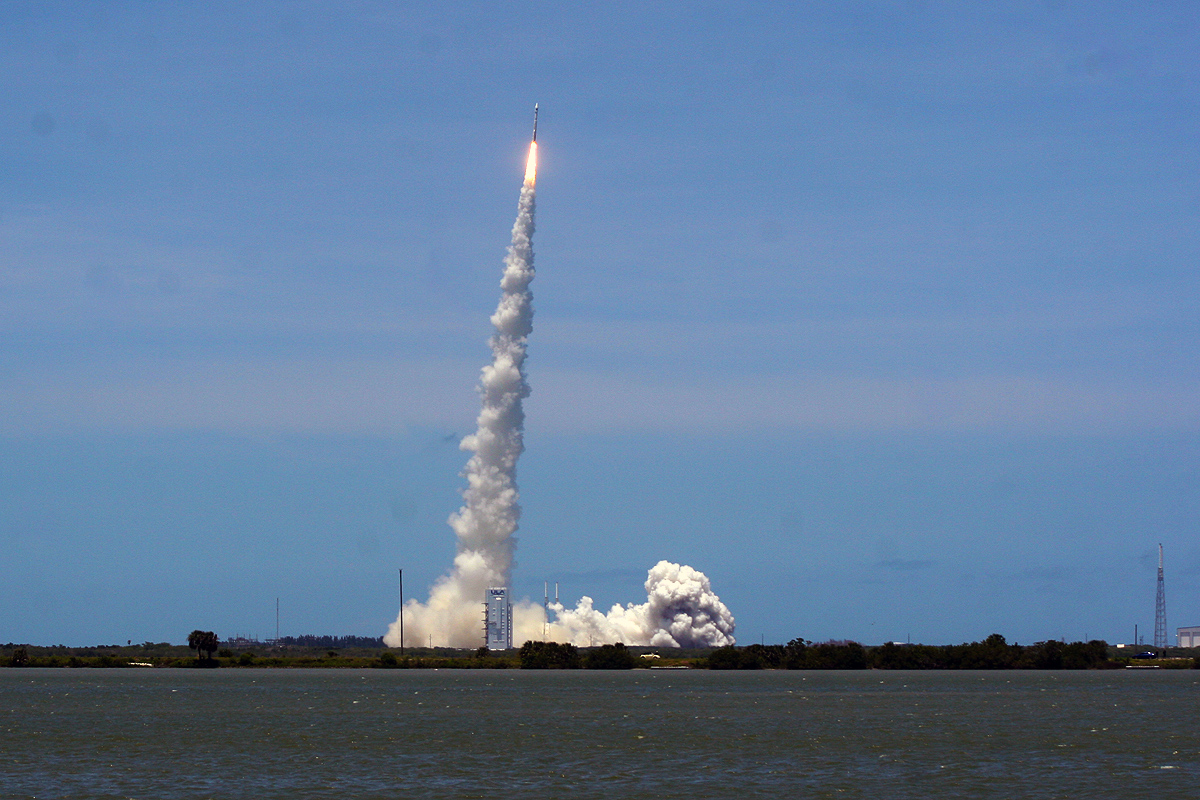
Atlas V SBIRS GEO-5 Launch, Photo Courtesy Carleton Bailie/Spaceline
The SBIRS GEO Flight 5 (Space Based Infrared System Geostationary Earth Orbit Flight 5) is a satellite deployed for the U.S. Space Force Space and Missiles Systems Center (SMC). The SBIRS constellation uses infrared surveillance to provide early warning for the U.S. military and is considered one of the nation's highest priority space programs. The system includes a combination of satellites and hosted payloads in Geosynchronous Earth Orbit (GEO) and Highly Elliptical Orbit (HEO) plus ground hardware and software. The constellation is primarily dedicated to missile defense, battlespace awareness, missile warning and technical intelligence. SBIRS employs powerful overhead sensors that are capable of providing large amounts of data and is intended to support 24/7 tactical alerts. The satellite has a design life of about 12 years.
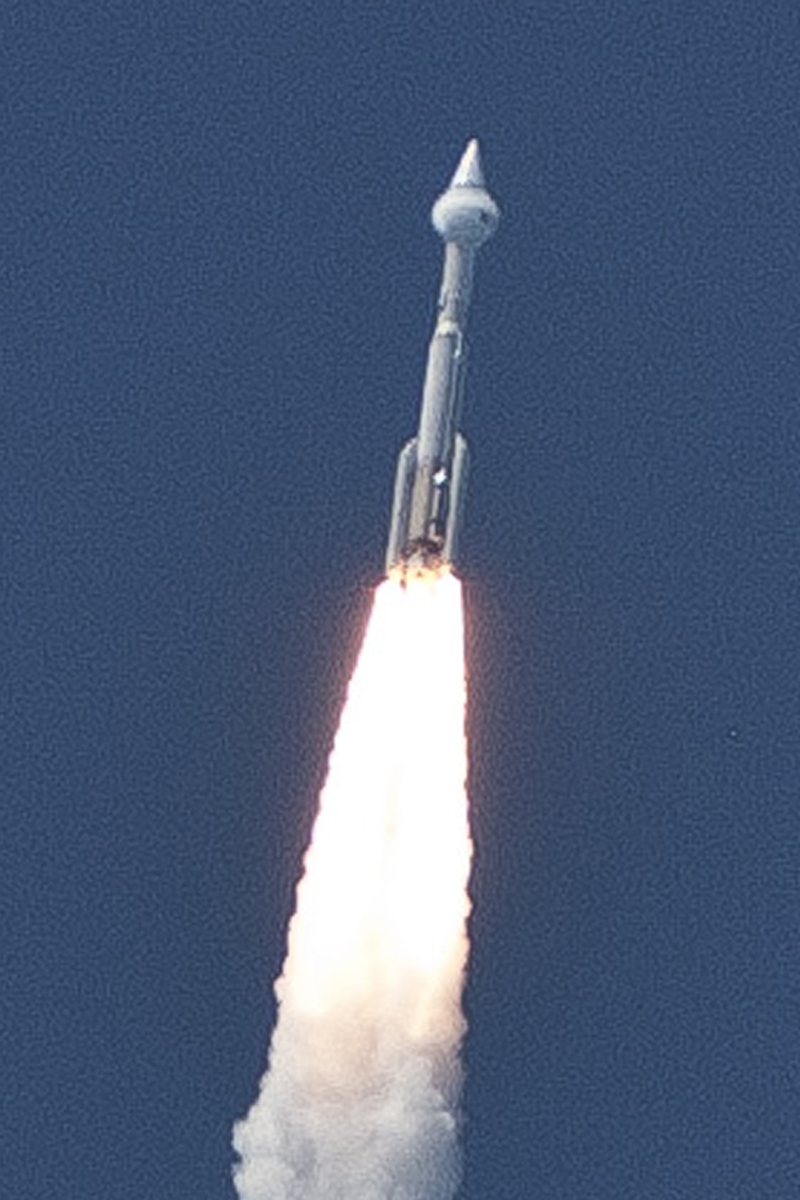
Atlas V SBIRS GEO-5 Downrange, Photo Courtesy Carleton Bailie/Spaceline
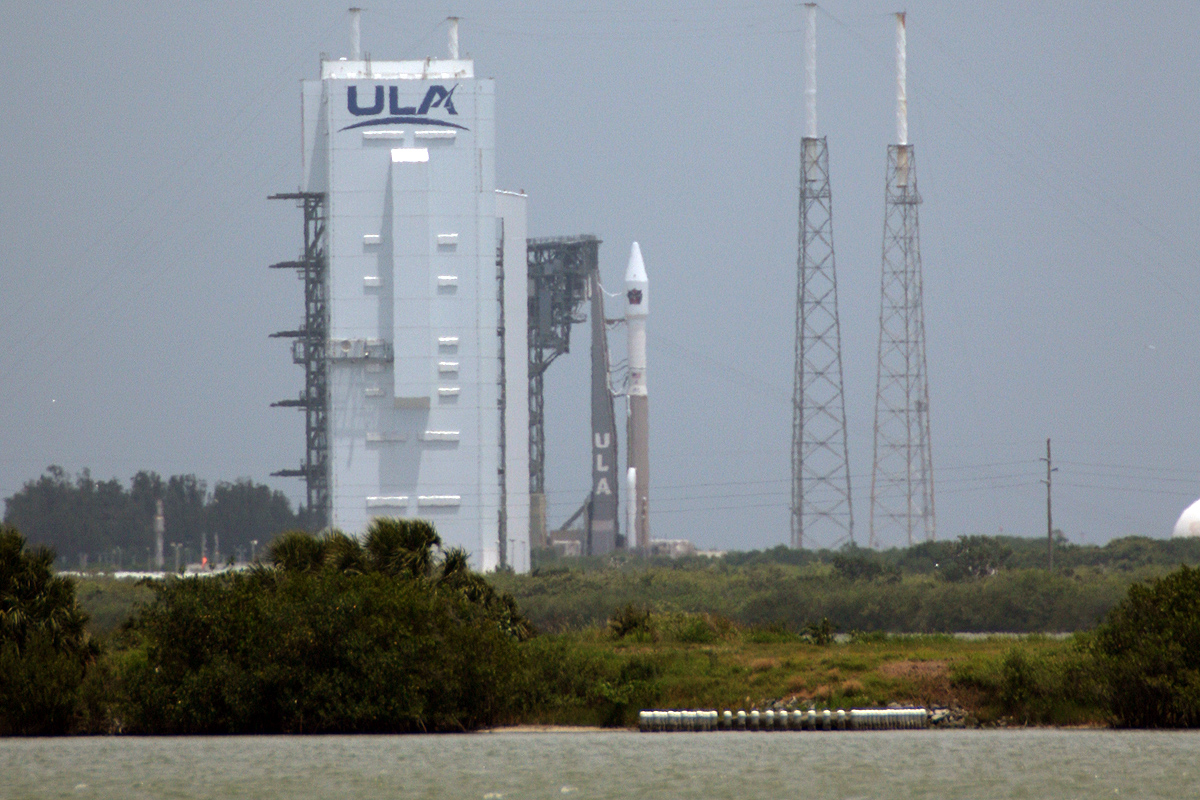
Atlas V SBIRS GEO-5 On Launch Pad 41, Photo Courtesy Carleton Bailie/Spaceline
Atlas V SBIRS GEO Flight 5 Launch Scrubbed
May 17, 2021 | Reported by Cliff Lethbridge
Launch of a United Launch Alliance Atlas V rocket scheduled for 1:35 p.m. EDT today from Launch Pad 41 on Cape Canaveral Space Force Station has been scrubbed. Launch was initially postponed to 1:42 p.m. EDT due to collision avoidance but was scrubbed about an hour before launch. During Centaur upper stage liquid oxygen chill down operations, the launch team identified an anomalous system response that could not be resolved during the 40-minute launch window. If the issue can be resolved, launch has been rescheduled for Tuesday, May 18, 2021 during a 40-minute launch window which opens at 1:31 p.m. EDT. The rocket will be carrying the SBIRS GEO Flight 5 satellite for the U.S. Space Force Space and Missile Systems Center. SBIRS is a constellation of ballistic missile early warning and military communications satellites.
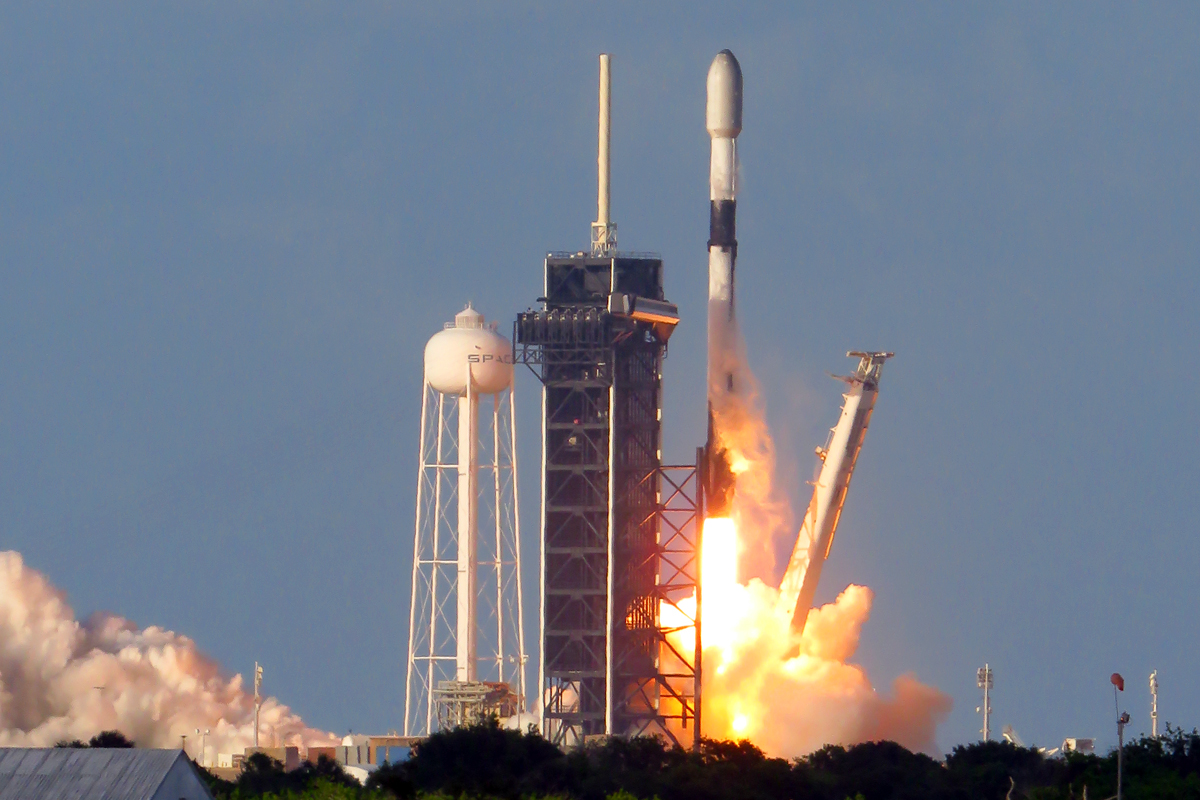
Falcon 9 Starlink V1.0-L26 Launch, Photo Courtesy Carleton Bailie/Spaceline
Falcon 9 Launches Starlink Satellites And Rideshares
May 15, 2021 | Reported by Cliff Lethbridge
A SpaceX Falcon 9 rocket successfully launched 52 Starlink satellites and two rideshare satellites at 6:54 p.m. EDT today from Launch Pad 39A at the Kennedy Space Center. The mission, designated Starlink V1.0-L26, was the 28th dedicated launch of Starlink satellites, bringing the total launched to date to 1,677 although not all of these are still in orbit. The rocket also deployed two rideshare satellites, the A Capella Synthetic Aperture Radar (SAR) Earth imaging satellite and the Tyvak-0130 remote sensing satellite. All payloads were successfully deployed. The first stage booster employed today was being flown for the eighth time, having previously supported the DM-2 mission, the Anasis-II mission, the CRS-21 mission, the Transporter-1 mission and three Starlink missions.
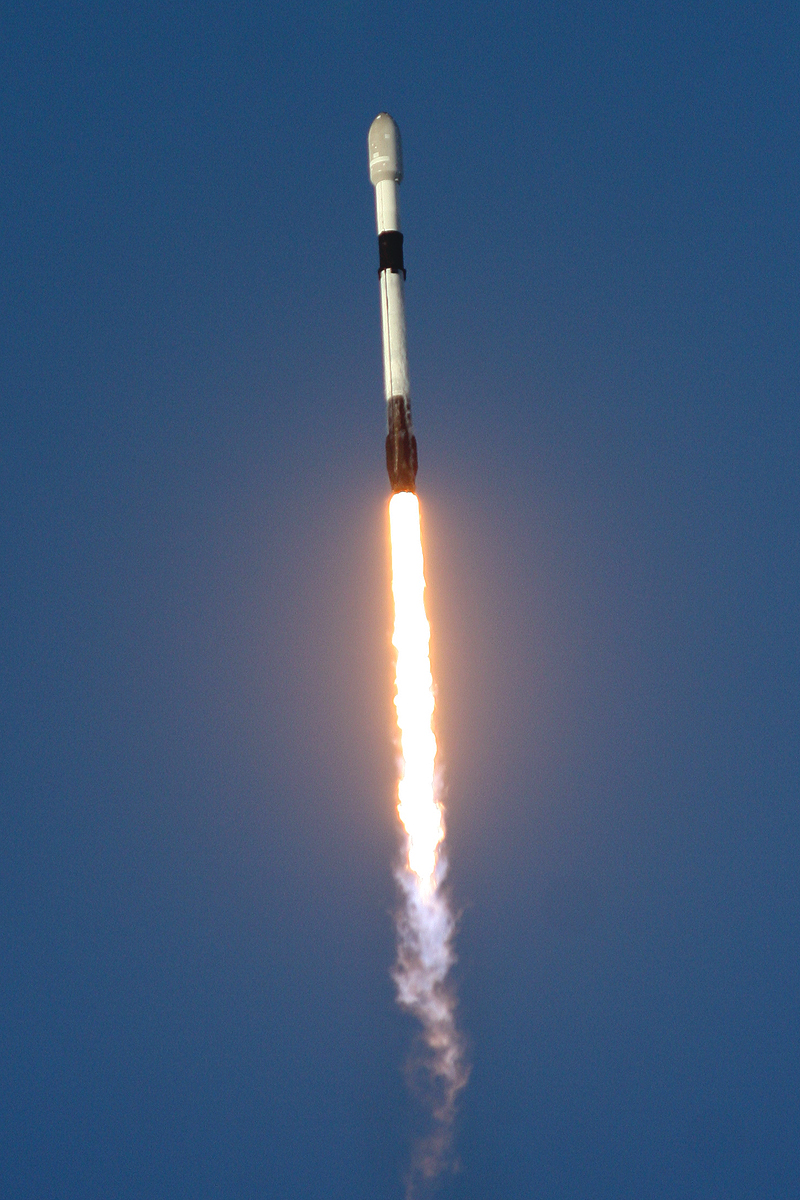
Falcon 9 Starlink V1.0-L26 Ascent, Photo Courtesy Carleton Bailie/Spaceline
The booster was successfully recovered today with a landing on the "Of Course I Still Love You" drone ship positioned on the Atlantic Ocean about 400 miles northeast of Cape Canaveral. The rocket's payload fairing halves have also flown before, one having supported the SXM-7 mission and the other having supported the NROL-108 mission. The payload halves were recovered today after safely parachuting to the Atlantic Ocean. Starlink is a SpaceX-owned and operated space-based broadband Internet constellation intended to provide service to unserved or underserved areas or as an alternative to traditional Internet service providers. The company is well on its way to being able to provide the service to the entire world later this year.
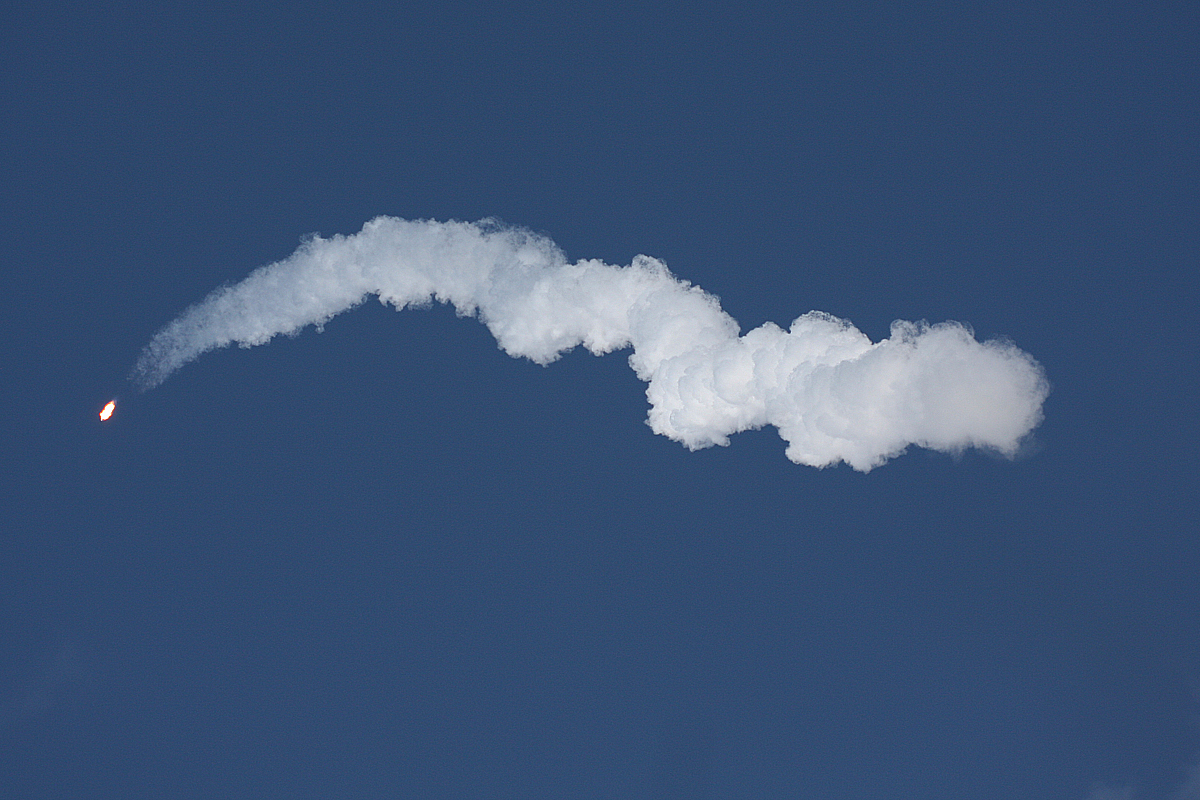
Falcon 9 Starlink V1.0-L26 Downrange, Photo Courtesy Carleton Bailie/Spaceline
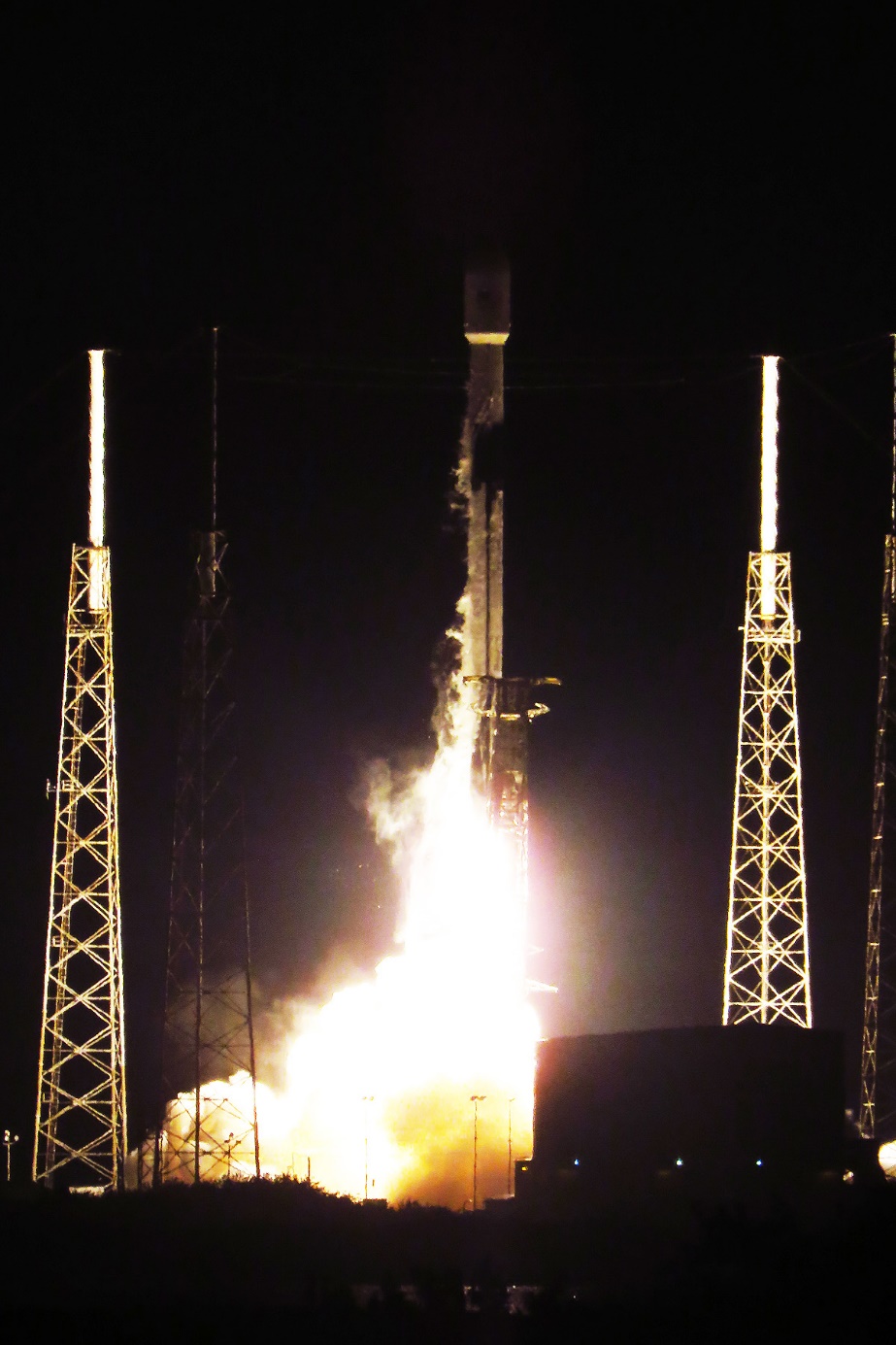
Falcon 9 Starlink V1.0-L27 Launch, Photo Courtesy Carleton Bailie/Spaceline
Falcon 9 Launches 60 More Starlink Satellites
May 9, 2021 | Reported by Cliff Lethbridge
A SpaceX Falcon 9 rocket successfully launched 60 Starlink satellites at 2:42 a.m. EDT today from Launch Pad 40 on Cape Canaveral Space Force Station. The mission, designated Starlink V1.0-L27, was the 27th dedicated launch of Starlink satellites, bringing the total number launched to 1,625 although not all of these are still in orbit. The satellites were successfully deployed about an hour after launch. The first stage booster employed today was being flown for a record tenth time, having previously supported the DM-1 mission, the RADARSAT mission, the SXM-7 mission and six Starlink missions. The booster was successfully recovered today with a landing on the "Just Read the Instructions" drone ship positioned on the Atlantic Ocean about 400 miles northeast of Cape Canaveral. SpaceX has said that its first stage boosters can be flown up to ten times without refurbishment, but the company has not said when this particular booster will be flown again or how much refurbishment it will require. Starlink is a SpaceX-owned and operated constellation of broadband Internet satellites.
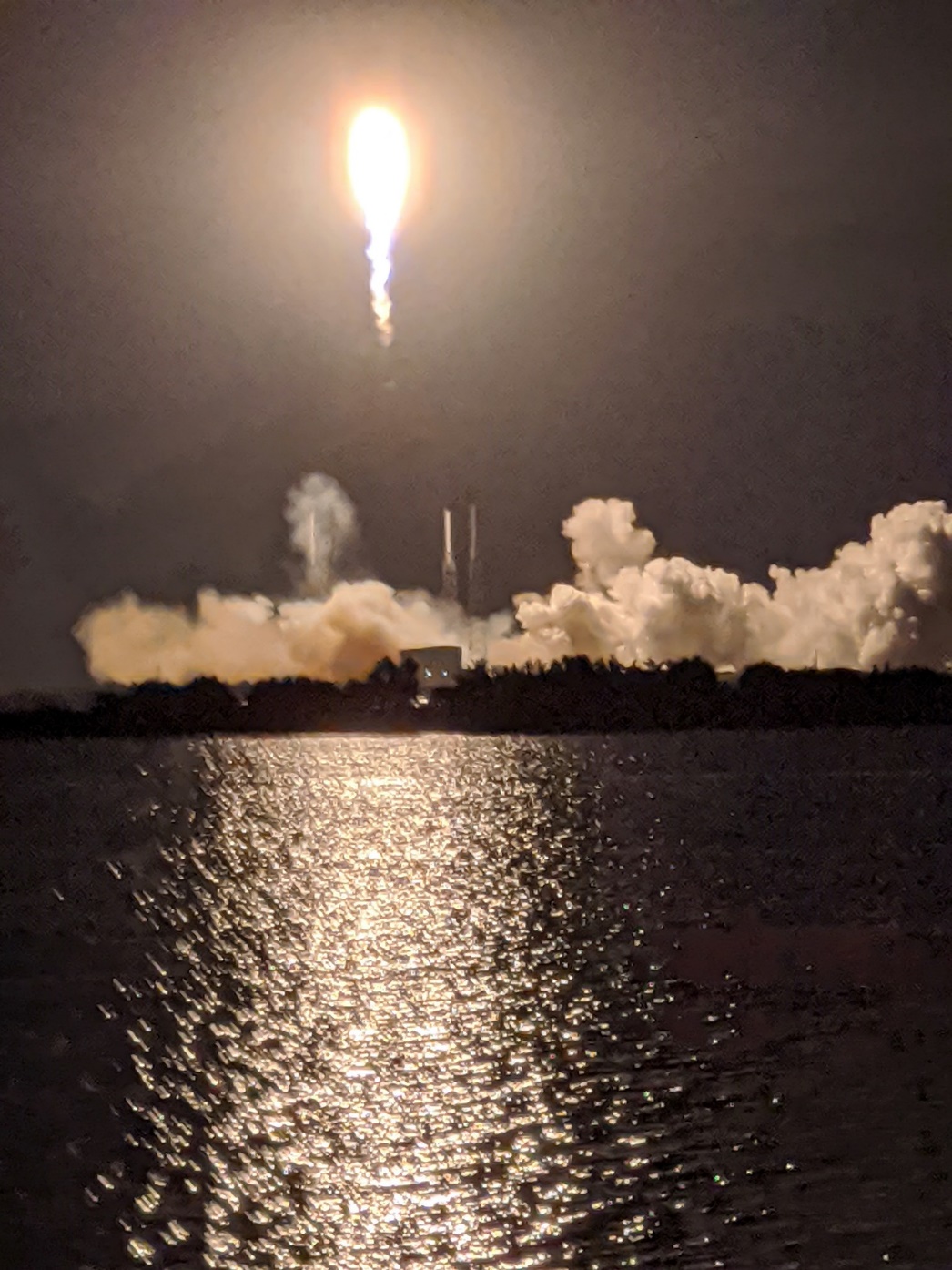
Falcon 9 Starlink V1.0-L27 Launch, Photo Courtesy Cliff Lethbridge/Spaceline
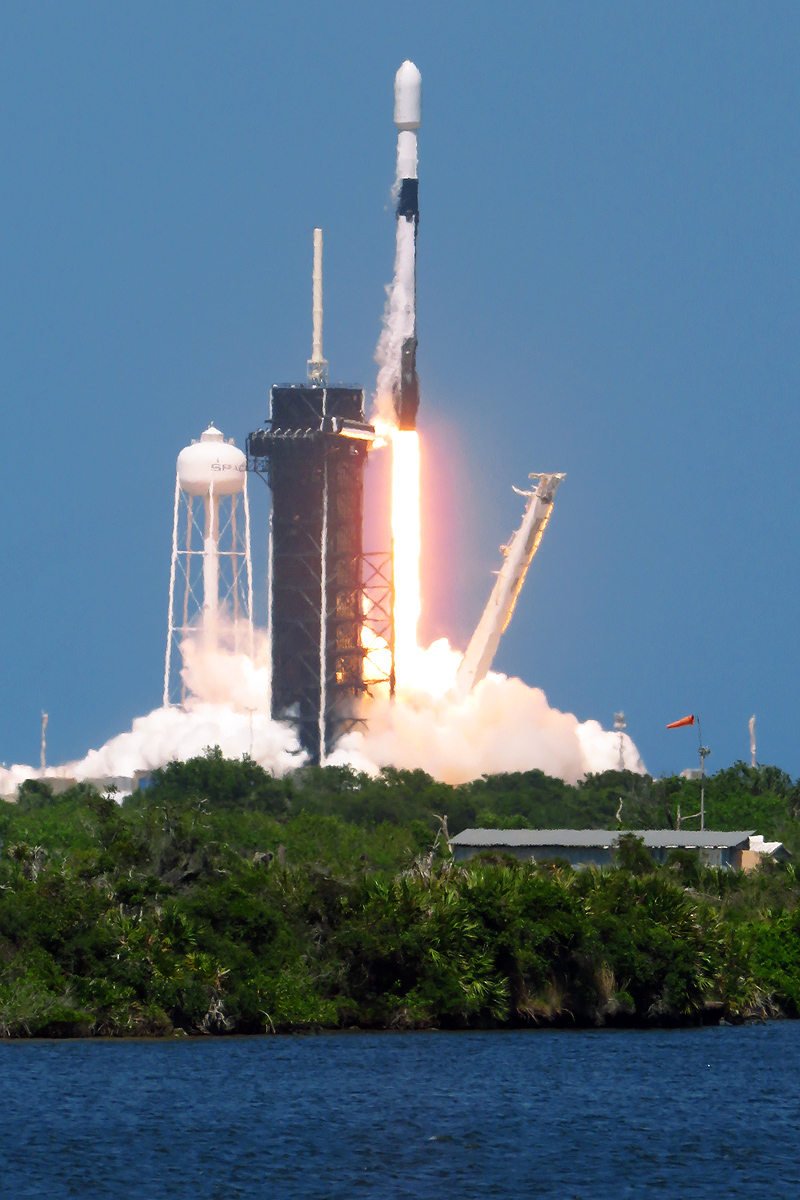
Falcon 9 Starlink V1.0-L25 Launch, Photo Courtesy Carleton Bailie/Spaceline
Falcon 9 Launches 60 More Starlink Satellites
May 4, 2021 | Reported by Cliff Lethbridge
A SpaceX Falcon 9 rocket successfully launched 60 Starlink broadband satellites at 3:01 p.m. EDT today from Launch Pad 39A at the Kennedy Space Center. The mission, designated Starlink V1.0-L25, was the 26th dedicated Starlink mission, bringing the total number of Starlink satellites launched to date to 1,565. The satellites were successfully deployed about an hour after launch. The first stage booster employed today was being flown for the ninth time, having previously supported the Telstar 18 VANTAGE mission, the Iridium-8 mission and six Starlink missions. The booster was successfully recovered today with a landing on the "Of Course I Still Love You" drone ship positioned on the Atlantic Ocean about 400 miles northeast of Cape Canaveral. Starlink is a SpaceX-owned and operated constellation intended to provide space-based Internet service to unserved or underserved areas throughout the world or as an alternative to traditional Internet providers. It could be available world-wide later this year.
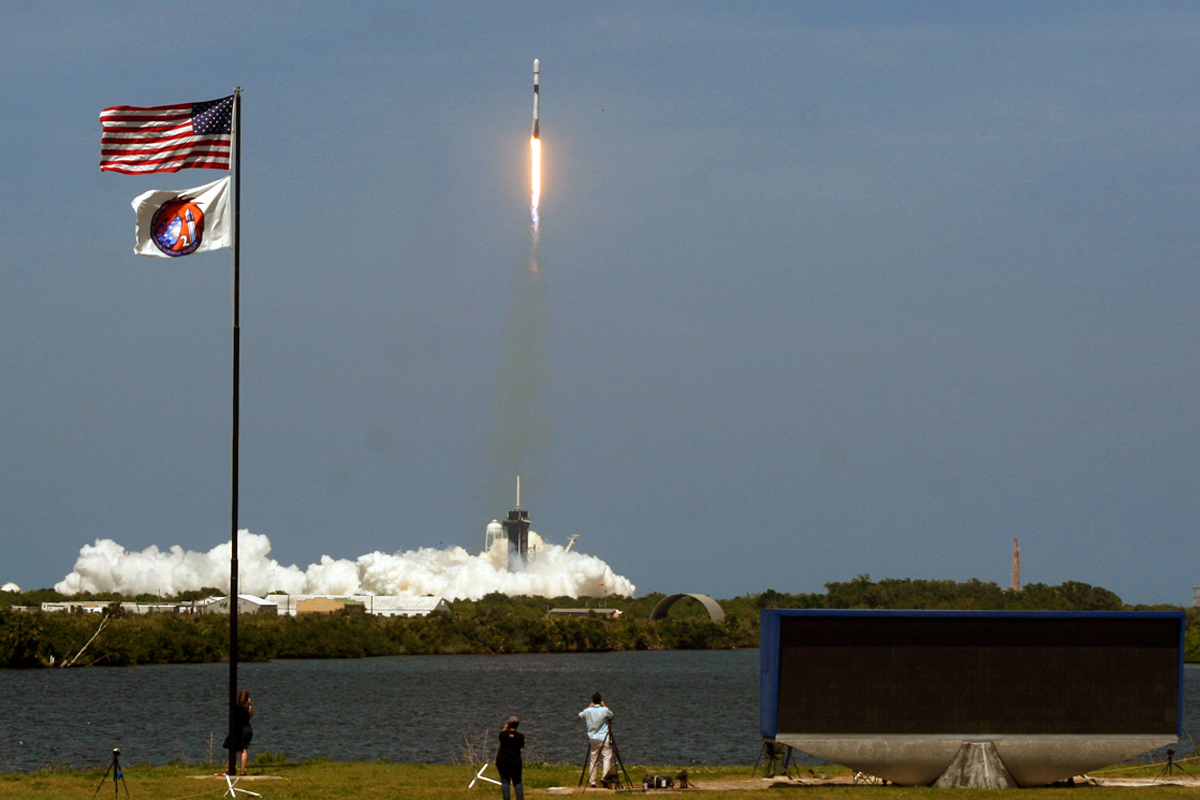
Falcon 9 Starlink V1.0-L25 Launch, Photo Courtesy Carleton Bailie/Spaceline


